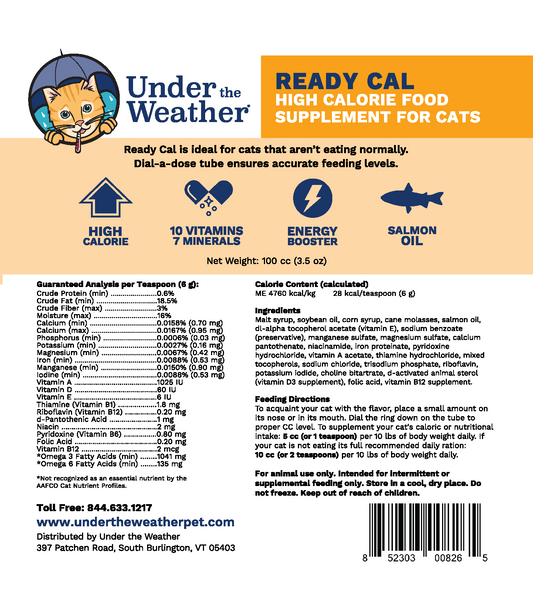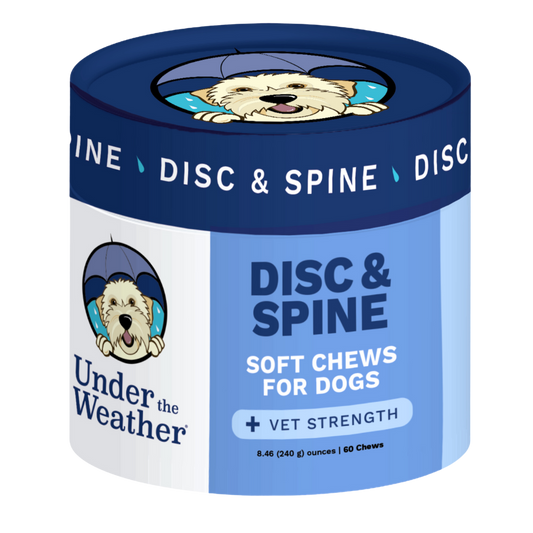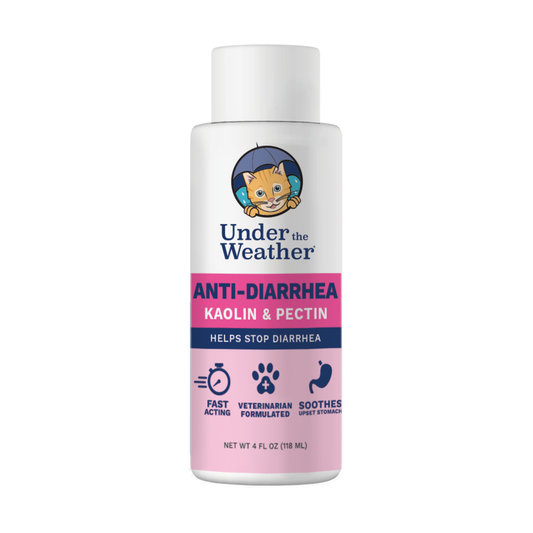When a cat grooms itself, it swallows dead hair, which usually passes through their digestive system without any issues. However, when too much hair is ingested, it can form a hairball that the cat may vomit up. While this is a common occurrence for many cats, it can sometimes lead to more severe problems — like a dangerous intestinal blockage.
For this reason, it’s extremely important for cat owners to be proactive in preventing their cats from having hairballs. Alongside regular brushing, which can majorly reduce the amount of fur a cat swallows, another effective method is using hairball remedies — like cat treats that are specifically designed to prevent hairballs.
This helpful article seeks to recommend the best cat treats for hairballs. We’ll also be talking about what hairballs are, what causes them, the importance of preventing occasional hairballs in cats, and more. Keep reading to learn more!
What Are Hairballs?
Hairballs are perfectly normal. When a cat licks their fur, tiny, hook-like structures on their tongue catch loose and dead hair, which the cat then swallows. Most of the time, this hair travels through the digestive tract and is expelled in the cat’s stool. However, when some of the hair remains in the stomach, it can clump together and form a hairball.
The cat will then, usually, vomit up the hairball, which is an unpleasant experience for both the kitty and their owner. The long, cylindrical shape of a hairball results from it passing through the cat’s narrow esophagus on its way out.
Hairballs are more common in certain types of cats, particularly those with long hair (like Persians and Maine Coons). Cats that shed a lot (or those that groom themselves excessively) are also more prone to developing hairballs.
Interestingly, kittens rarely have hairballs because they are less proficient at grooming. However, as cats mature and become more skilled at grooming, hairballs tend to become more common.
The Most Common Causes of Hairballs in Cats
Hairballs might seem gross, but they’re simply a result of your cat’s natural grooming habits. When your cat licks their fur, it swallows a lot of loose hair. Again, this is more common in long-haired breeds of cats that shed heavily.
Although most of the swallowed hair passes through the cat’s digestive system, some of it can accumulate in the stomach and form a hairball. When this happens, the cat usually coughs up the hairball.
Since the hairball has to pass through the cat’s esophagus, it often looks more like a tube than a ball. Usually, your cat will cough up a little bit of stomach juice, too (or wet food if they ate recently).
The Importance of Preventing Hairballs in Cats
Preventing hairballs is very important because while they are usually harmless, they can sometimes lead to serious health issues in cats. If a hairball gets stuck in the cat’s digestive tract, for example, it can cause a blockage, which may require surgery to remove.
This means that it’s super important for cat owners to do what they can to reduce the likelihood of hairballs happening in the first place. Regular grooming (i.e. brushing your cat) is one effective way to reduce the amount of loose hair your cat swallows. You can also give your cat treats for hairballs.
What Are the Best Cat Treats for Hairballs?
If you have a cat, you’re probably very familiar with the hacking and coughing sound they make when they’re about to have a hairball. Fortunately, you can help to prevent hairballs by giving your cats special treats.
These treats usually contain ingredients that help the dead hair move through your cat’s digestive tract more easily. Let’s take a closer look at some of the best cat treats for hairballs from Under the Weather below:
Hairball Support Soft Chews for Cats
When it comes to hairball prevention, Under the Weather’s Hairball Support Soft Chews are an excellent choice. These treats are made with psyllium seed husks and Alaskan salmon oil. The psyllium seed husks provide a good source of natural fiber, which helps with the movement of hair through the cat’s digestive system. Meanwhile, the salmon oil helps lubricate the gastrointestinal tract, which makes it easier for hair to pass through.
Beyond just preventing hairballs, these chews also promote healthy skin and a shiny coat — thanks to the rich omega-3 fatty acids found in salmon oil. The chews are star-shaped and made with natural ingredients, so it should be pretty easy for you to incorporate them into your cat’s daily routine.
Active Ingredients per 2 Chews (1.5 g each):
- Psyllium Seed Husk: 100 mg
- Lecithin: 50 mg
- Biotin: 5 mcg
Inactive Ingredients:
Chicken Meal
- Chicken Liver
- Methylparaben
- Mixed Tocopherols
- Molasses
- Natural Cane Sugar
- Phosphoric Acid
- Potassium Sorbate
- Potato Flour
- Propylparaben
- Salmon Oil
- Sodium Chloride
- Tapioca Starch
- Vegetable Glycerin
For cats up to 15 lbs, give them 2 chews daily. For cats that are over 15 lbs, make sure to give them 4 chews daily. If your cat turns their nose up at these treats, you might want to try giving them hairball support gel instead.
Hairball Support Gel for Cats
If your cat isn’t a big fan of treats, you might want to give them Hairball Support Gel. This gel is designed to prevent and gently eliminate hairballs. It contains psyllium seed husks, which have a high fiber content, as well as Alaskan salmon oil and soybean oil.
These ingredients work together to lubricate the kitty’s intestinal tract, which helps with the smooth passage of hair through the digestive system. This gel is also a great source of omega-3 fatty acids, which is great for your cat’s coat and skin.
The gel’s formulation makes it super easy to administer — just place a small amount on your cat’s nose or in its mouth to get them used to the taste. From there, you should be able to mix a tiny amount of gel into their wet food.
Guaranteed Analysis (per ½ teaspoon) 2.5 g:
- Crude Protein (min): 0.5%
- Crude Fat (min): 28%
- Crude Fiber (max): 20%
- Biotin: 0.005 mg
- Lecithin: 2.5 mg
Inactive Ingredients:
- Malt Syrup
- Soybean Oil
- Corn Syrup
- Cane Molasses
- Salmon Oil
- Psyllium Seed Husk
- Lecithin
- Biotin Supplement
- Potassium Sorbate (preservative)
- Mixed Tocopherols (preservative)
To introduce your cat to the gel, apply a small amount to its nose or mouth. For adult cats, give them 1/2 teaspoon twice daily for 2 to 3 days, then continue with 1/4 - 1/2 teaspoon 2 to 3 times per week. For kittens over 6 months old, give 1/4 teaspoon once daily for 2 to 3 days.
How to Properly Use Cat Treats to Prevent Hairballs in Cats
While hairball-prevention treats can be highly effective, your results are dependent on you knowing how to use them correctly. These treats should make up only a small portion of your cat’s overall diet (no more than 10% of their daily calorie intake). The majority of your cat’s diet should come from nutritionally complete and balanced foods.

If your cat has a mild hairball problem, adding hairball treats to their diet might be enough to reduce the frequency of their hairballs. However, for cats with more severe hairball issues, it might be necessary to combine hairball treats with a specialized hairball diet.
You can also use hairball-control gels (like Under the Weather’s Hairball Support Gel for cats) alongside treats to provide an extra layer of protection for your kitty. These gels work by coating the hair that gets stuck in the gastrointestinal tract, therefore preventing it from clumping together and forming a hairball.
More Tips for Preventing Hairballs
Besides giving your cat hairball-prevention treats, there are other things you can do to reduce the likelihood of hairballs happening. For example, you should get into the habit of brushing your cat regularly. By brushing your cat frequently, especially if they have long hair, you can remove loose fur before your cat has a chance to swallow it.
Brushing, of course, should be a pleasant experience for both you and your cat. If your cat is not used to being brushed, start slowly and gradually increase the time you spend brushing them. Use a brush that’s designed for your cat’s coat type — long-haired cats may need a different brush than short-haired cats, so just keep that in mind.
Conclusion
If your cat is prone to hairballs, you should consider adding cat treats for hairballs to their diet. The soft chews that we mentioned may be particularly effective, and your cat will probably enjoy taking them, since they look, smell, and taste like treats. Just make sure to follow the instructions on the package when it comes to dosage.
At Under the Weather, we pride ourselves on making it super easy for pet parents to pick out the right supplements and food for their pets. Whether you’re looking for the perfect hairball-prevention cat treat or gel, or simply want to learn more about hairball prevention, we’ve got you covered.












